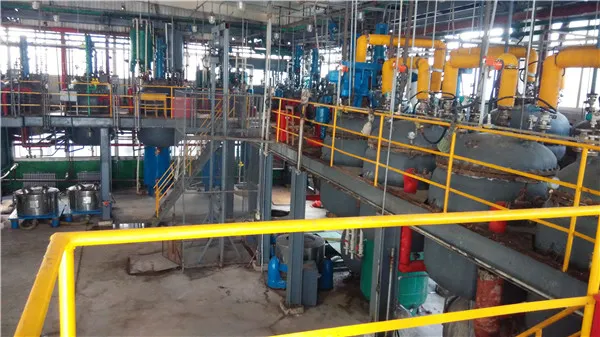The Importance of Active Drug Compounds in Pharmacology
In the realm of pharmacology, the term active drug refers to the specific chemical compounds within medications that exert a therapeutic effect on the body. Understanding active drugs is crucial in the development, prescription, and administration of pharmaceuticals. This article delves into the definition, significance, and implications of active drug compounds in medical science.
Active drugs are formulated to interact with biological systems to produce desired effects. These interactions typically occur at the molecular level, where the drugs bind to specific receptors in the body—often proteins or enzymes—to facilitate or hinder physiological processes. For example, analgesics like ibuprofen target cyclooxygenase enzymes, reducing inflammation and alleviating pain. The fundamental goal of active drug compounds is to restore balance within the body, whether that means regulating hormone levels, combating infections, or modifying the immune response.
The discovery and characterization of active drug compounds are critical steps in the drug development process. Researchers conduct extensive studies to isolate these compounds from natural sources or synthesize them via chemical processes. Once an active drug is identified, its efficacy and safety must be evaluated through rigorous clinical trials. During these trials, researchers assess how the drug interacts with the body, its dosage, possible side effects, and overall therapeutic value.
Pharmaceutical companies invest heavily in the research and development of active drug compounds
. This investment is motivated by the need to address unmet medical needs, improve existing treatments, and provide new options for patients. The development of active drugs often involves a multi-phase process, including discovery, preclinical testing, clinical trials, and post-marketing surveillance. Each phase is designed to gather insights into the drug’s effectiveness and safety profile, ensuring that only the most beneficial compounds reach the market.active drug

Importantly, the classification of drugs also hinges on the identification of active compounds. For instance, the World Health Organization (WHO) has established a list of essential medicines, which includes active drugs that meet the priority health care needs of the population. This initiative underscores the significance of active drugs in public health, as access to these medications is critical for the treatment of widespread health conditions.
However, the journey of an active drug does not end once it reaches the market. Continuous monitoring is essential to understand long-term effects, potential toxicities, and the emergence of resistance—especially for antimicrobial drugs. For example, antibiotics must be scrutinized for their effectiveness against evolving bacterial strains. This vigilance ensures that active drugs remain effective and safe for public use over time.
Moreover, understanding the pharmacokinetics and pharmacodynamics of active drugs is essential for optimizing treatment regimens. Pharmacokinetics studies how a drug is absorbed, distributed, metabolized, and excreted from the body, while pharmacodynamics analyzes the drug's biological effects. These two fields work hand in hand to establish dosing strategies that maximize therapeutic benefits while minimizing adverse effects.
The future of active drug development holds exciting possibilities. Advances in technology, such as artificial intelligence and machine learning, are transforming how researchers identify and test new active compounds. Personalized medicine, which tailors treatments based on individual genetic profiles, is also gaining traction. This approach underscores the importance of active drug compounds that are specifically suited to the unique biological makeup of patients.
In conclusion, active drug compounds are the cornerstone of pharmacology and therapeutics. Their discovery and application play vital roles in enhancing patient care and managing diseases. Continued research and innovation in this field promise to yield new active drugs that can transform health outcomes and improve the quality of life for countless individuals worldwide. As we advance in our understanding of these compounds, the potential to revolutionize medicine remains ever within reach.

